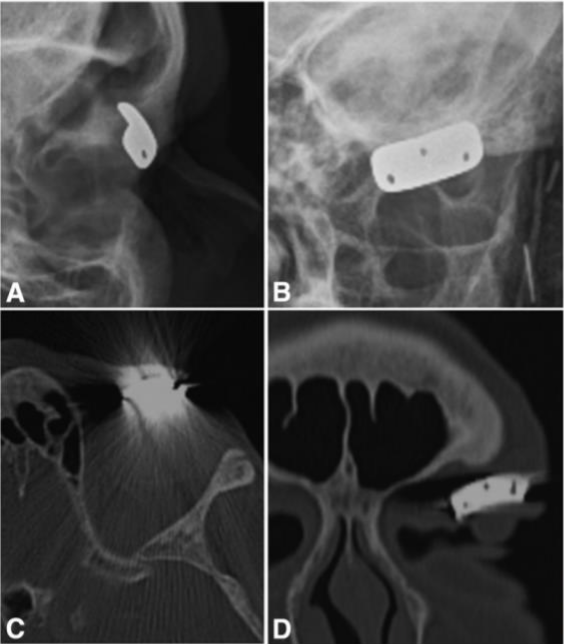Information for patients
If you are a patient reading this and have a concern about an MRI scan you are scheduled to attend, we strongly recommend you contact the site where your scan is due to take place, you may also wish to refer to our ‘Information for Patients’ section. Please note local variations to the policies detailed on this website may apply, therefore please contact the hospital where your appointment is scheduled for clarification.
Disclaimer (MUST READ)
The MRI safety information contained within this webpage is intended for use by staff from NHS Greater Glasgow and Clyde (GGC) and associated health boards, namely: NHS Ayrshire and Arran, NHS Borders, NHS Dumfries & Galloway, NHS Forth Valley, NHS Golden Jubilee, and NHS Lanarkshire. Only staff from these health boards are approved to use this information and local variations to the policies detailed may apply. Non-approved users i.e. patients and staff from health boards other than those listed above, or staff from private medical organisations use this information at their own risk. We, NHS GGC, accept no responsibility for patient injury or adverse outcomes that may occur as a consequence of the information contained herein. If you have any questions regarding this disclaimer, please contact the NHS GGC MRI physics team on: ggc.MRSafetyExpert@nhs.scot.
NHS GGC MRI safety policy for scanning patients with Eyelid Weights

Device use
Implanted into the eyelid to help patients with facial nerve palsy.
Must read: What this policy does not cover / notable exceptions
• Eyelid springs
• External eyelid weights
• All other implants of the orbit
Must read: What the policy covers
• Implanted Eyelid weights
Must read: The MR safety policy
Eyelid weights can be scanned immediately after implantation at 1.5T or 3T in normal mode.
Risk assessment: A risk assessment underpinning this policy can be found- Risk Assessment eyelid weights
Detailed review: A detailed review underpinning this policy can be found here
Additional background information and discussion
Care should be taken to ensure eyelid weights are not confused with eyelid springs which are known to be MR Unsafe.
The reader is directed to the flow chart above to help navigate the decision-making process in determining if the patient has an eyelid weight and the x-ray images to help identify eyelid weights from springs via xray.


Acknowledgement
This policy was created by members of the MRI subgroup of the Medical Physics and Clinical Engineering (MPCE) network for NHS Scotland in collaboration with the Scottish MR radiographer leads group.